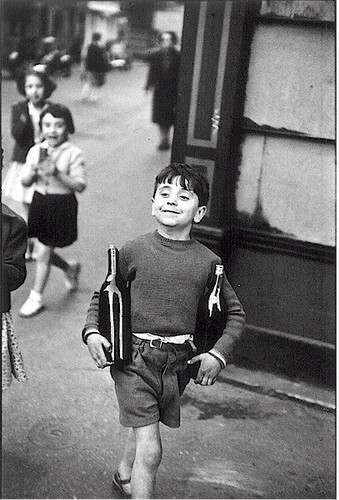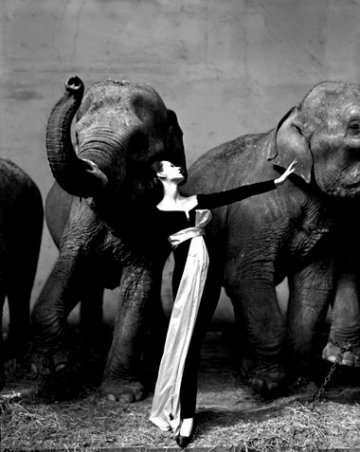This exercise was interesting and a challenge and I must say that the challenge was not entirely met! By this I mean that I had extremely high hopes about how I was going to capture the different primary colours but sadly winter and work impeded me greatly. I have managed to capture the primary and secondary colours, but I would have liked the images to be more interesting / creative / original!
Yellow
This novelty crocodile clip was the yellowest item to hand after a series of photos taken in a flower shop( whilst being rushed by my nearest and dearest) turned out to be out of focus.
The shot shows the vibrance of the colour and I like the warmth it adds to the grey folder.
Blue
This Yankee Candle works well as a subject for blue especially with the pale blue walls in the background. the scene is cluttered but the shadow adds an element of dynamism to the shot. The blue isn't identical to the blue of the colour wheel, even after saturation tweaking in post production and this was the colour I had the hardest time capturing.
Red
There are a lot of opportunities to capture the colour red. I initially tried capturing car tail lights but the camera sensor picks up less of the red colour than the human eye. I eventually settled on a poinsettia given the time of year and its impressive redness.
Green
I also used the same plant for the green photo. There are so many variations of green it is amazing once you start looking at them all. I think of the primary colours, the green hues are the most different and have the broadest range.
Violet
Another difficult colour to find. I wanted to avoid anything that seemed too purple as I will freely admit to struggling to differentiate between them. This image shows violet wrapping paper with purple labels. Its a useful image for me as it helps remind me of the differences.
 Orange
Orange
I think 50% of TOAP must photography oranges for this task. Although maybe I am the only person so unoriginal as to do so.
These dried oranges form a christmas decoration and they appealed to me as the fruit is dried but the colour has lost none of its vibrance.





































